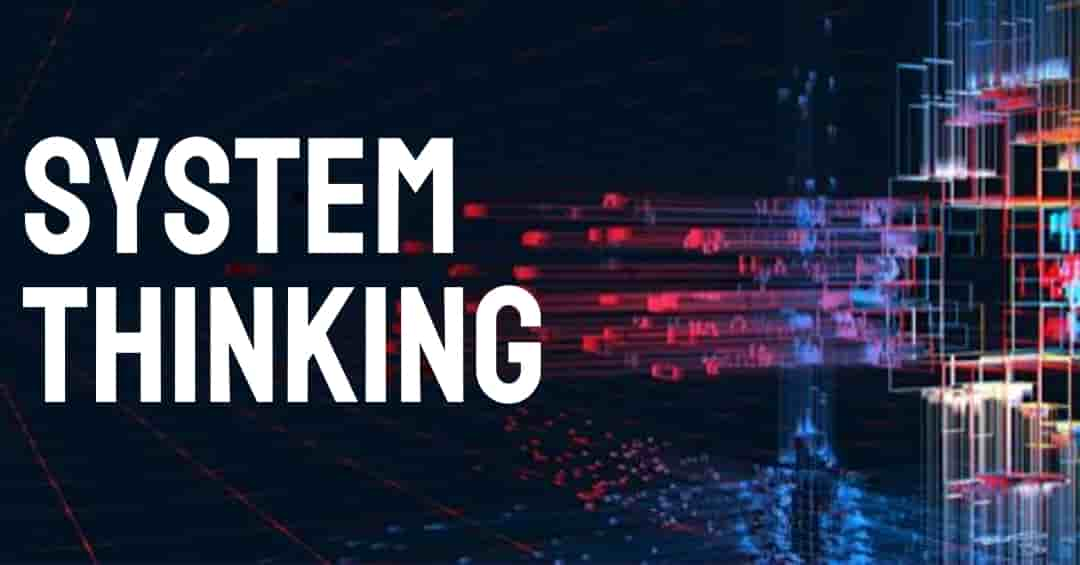Rethinking Learning: 21st vs 20th Century Learners

Essentially, by creating learning environments that encourage deep exploration, problem-solving, and student-driven inquiry, educators can nurture a questioning disposition and a genuine love of learning. (https://m.youtube.com/watch?v=Ax5cNlutAys) highlights the shift from teacher-centered lectures to student-driven exploration. This allows learners to pursue their interests and ask questions based on their curiosity. (https://www.youtube.com/watch?v=c0xa98cy-Rw) emphasizes project-based learning where students investigate real-world problems, encouraging them to ask questions and seek solutions. This video also highlights the importance of a teacher’s passion being contagious. A teacher’s own excitement about learning can ignite a similar passion in students.
In the video “Rethinking Learning: The 21st Century Learner,” Sir Ken Robinson emphasizes the importance of nurturing curiosity and a questioning disposition in learners. He suggests that traditional education systems often stifle curiosity by prioritizing conformity and standardization over individual creativity and exploration. To prepare learners to have curiosity and a questioning disposition, educators should create learning environments that encourage experimentation, critical thinking, and inquiry-based learning. This can be achieved through hands-on activities, open-ended projects, and opportunities for self-directed exploration. Educators should also model curiosity themselves, demonstrating a genuine interest in learning and encouraging students to ask questions and seek answers independently.
Digital learning isn’t a native or intrinsic activity – it needs to be inspired by someone. How do you become that someone?

In the video “21st Century Education vs. 20th Century Education,” Dr. Richard Gerver discusses the role of educators in inspiring digital learning. He emphasizes the importance of educators embracing technology themselves and demonstrating enthusiasm and confidence in using digital tools and resources. To become the inspiration for digital learning, educators should continuously engage in professional development to stay abreast of emerging technologies and pedagogical approaches. They should also create a supportive and collaborative learning environment where students feel encouraged to experiment with digital tools and explore new ideas. By serving as role models and facilitators of digital learning, educators can inspire students to become active and creative users of technology.
Why is it important to coordinate or connect formal learning to informal learning?
In the video “What 60 Schools Can Tell Us About Teaching 21st Century Skills,” Dr. Tony Wagner discusses the importance of coordinating formal learning with informal learning. He argues that while formal education provides foundational knowledge and skills, informal learning experiences outside the classroom are equally valuable for developing 21st-century skills such as critical thinking, collaboration, and creativity. By connecting formal learning to informal learning, educators can create a more holistic and integrated approach to education that prepares students for success in the real world. Informal learning experiences, such as internships, community service projects, and extracurricular activities, provide opportunities for students to apply and extend their formal learning in authentic contexts, fostering deeper understanding and skill development.
Compare and contrast 20th to 21st-century learning.
20th-century learning was characterized by a focus on rote memorization, standardized testing, and teacher-centered instruction. Students were often passive recipients of knowledge, and learning was primarily confined to the classroom. In contrast, 21st-century learning emphasizes critical thinking, creativity, collaboration, and communication skills. It is learner-centered and inquiry-based, with a focus on problem-solving, project-based learning, and real-world application of knowledge. Technology plays a central role in 21st-century learning, enabling personalized learning experiences, global connectivity, and access to vast resources and information. Unlike traditional education models, which prioritize content delivery and mastery of prescribed curriculum, 21st-century learning encourages adaptability, lifelong learning, and the development of essential skills for success in a transforming world.
Dewey warned us that if we “teach today’s students as we taught yesterday’s we rob them of tomorrow”. A hundred years ago Dewey asked us to focus on the learning – consider how you are being asked to focus on the learning in this course and how you can transfer this to your learning environments. What are the primary lessons learned from visiting 60 schools?
The primary lesson learned from visiting 60 schools is the importance of shifting from traditional teaching methods to learner-centered approaches that prioritize critical thinking, creativity, collaboration, and communication skills. Dr. Tony Wagner emphasizes the need for education to evolve to meet the demands of the 21st century, preparing students for success in a globalized, digitally connected world. By focusing on the learning process rather than rote memorization and standardized testing, educators can empower students to become lifelong learners who are adaptable, innovative, and capable of navigating complex challenges. This approach requires creating learning environments that foster curiosity, experimentation, and problem-solving, where students are actively engaged in their own learning and encouraged to explore and pursue their interests and passions.
References
- Wagner, T. (2017, June). What 60 Schools Can Tell Us About Teaching 21st Century Skills [Video file]. https://youtu.be/UZEZTyxSl3g
- Robinson, K. (2010, October). Rethinking Learning: The 21st Century Learner [Video file]. https://youtu.be/c0xa98cy-Rw
- Gerver, R. (2014, October). 21st Century Education vs. 20th Century Education [Video file]. https://youtu.be/HiD1UqLPrOg
